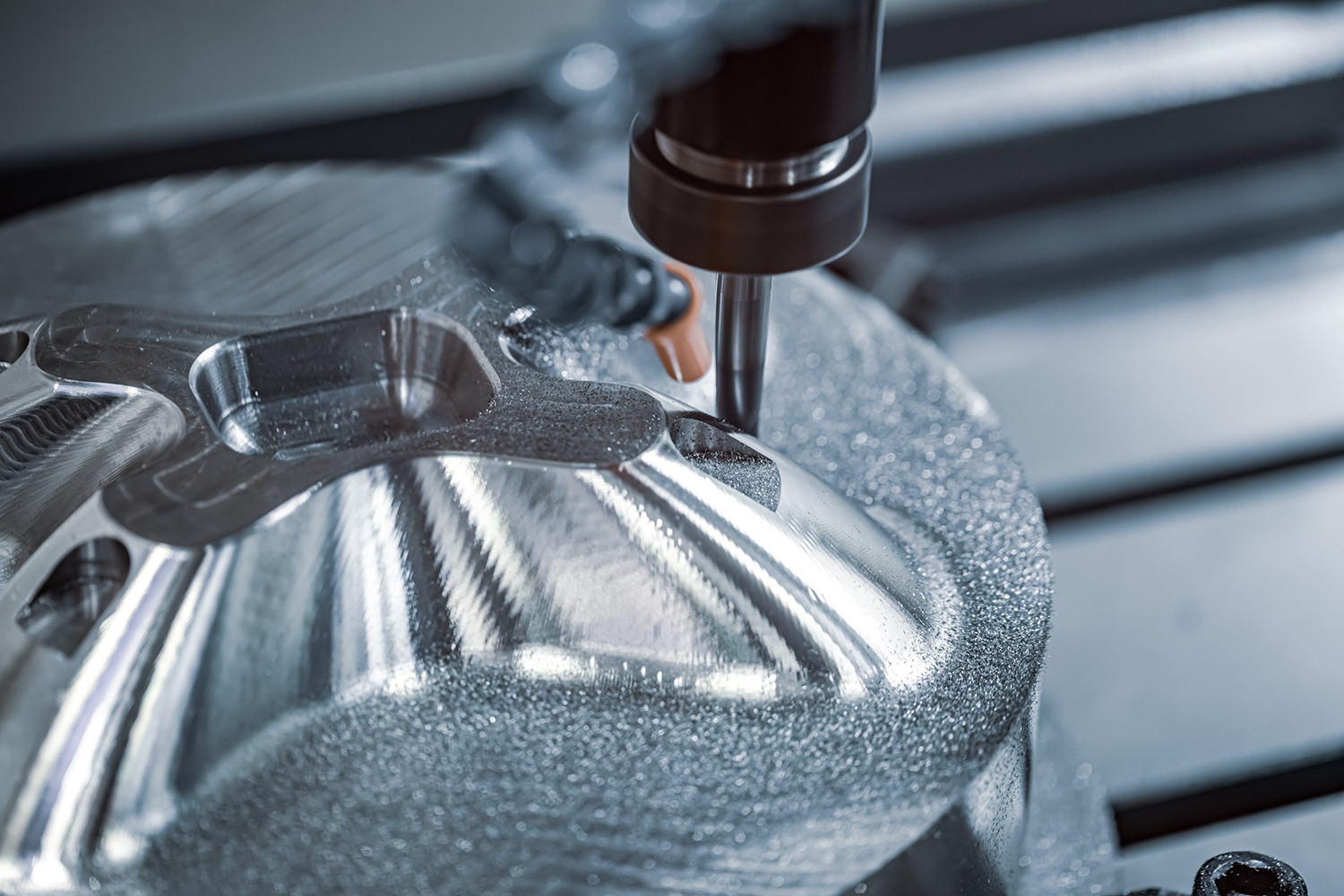The future of metalworking in 2024 promises to be shaped by digitalization, smart factories, and the emergence of the industrial metaverse. Hakan Aydogdu, General Manager of Tezmaksan Robot Technologies, sheds light on the transformative trends in manufacturing, emphasizing the importance of adopting user-friendly and adaptable technologies to stay competitive in the evolving metalworking industry.
According to Deloitte’s recent report on the US manufacturing industry, the sector’s annual construction spending reached $201 billion in July 2023, marking a 70% year-over-year increase and laying the groundwork for further growth in 2024. This growth is propelled by various factors, including the demand for lightweight and durable materials like aluminum and titanium in industries such as aerospace and automotive, where energy efficiency is paramount. Additionally, manufacturers are investing in electrification and decarbonization to align with global sustainability goals.
Technological advancements play a crucial role in driving manufacturing growth, with a focus on innovation, research, and product development to explore new markets and attract new customers. But what technologies will drive the metal fabrication industry forward in the coming year? Let’s explore some key trends and technologies that manufacturers should embrace to maintain competitiveness.
Artificial Intelligence (AI) and Machine Learning (ML) In 2024, AI and ML will revolutionize the metalworking landscape, enabling the creation of intricate components and facilitating data-driven decision-making. AI-powered design tools streamline the product development process, while ML algorithms analyze vast datasets to enhance productivity and competitiveness.
Smart Factories and Interconnected Technologies Smart factories, powered by advanced technologies such as AI, 5G, Internet of Things (IoT), and cloud computing, will play a pivotal role in the metalworking industry in 2024. These interconnected factories optimize production processes, enable predictive maintenance, and foster real-time communication between devices, leading to increased efficiency and productivity.
Digital Twins and the Industrial Metaverse Digital twins, virtual replicas of real-world objects and systems, are revolutionizing manufacturing by creating immersive 3D environments for simulating equipment and processes. In 2024, manufacturers will leverage digital twins and the industrial metaverse to enhance collaboration, improve decision-making, and create larger virtual environments that replicate real machines, factories, and cities.
Digitalized CNC Machining Digitalized CNC machining is another key trend for 2024, with machines becoming more automated and interconnected to increase efficiency. IoT sensors, data analysis, and AI tools like ChatGPT are integrated into control systems, enabling predictive maintenance and enhancing productivity on the shop floor.
CubeBOX: A Versatile Solution for Smart Factories CubeBOX, a compact robot cell designed for continuous operation, addresses the industry’s demand for efficiency and flexibility. Its user-friendly software eliminates the need for complex programming, while its lean design and compatibility with various CNC machines make it a versatile solution for manufacturers with diverse needs.
In conclusion, manufacturers must embrace digitalization and interconnected technologies to stay competitive in 2024’s rapidly evolving industrial landscape. By adopting AI, embracing smart factories, leveraging digital twins, and investing in digitalized CNC machining, manufacturers can navigate the challenges and seize the opportunities presented by the future of metalworking.

